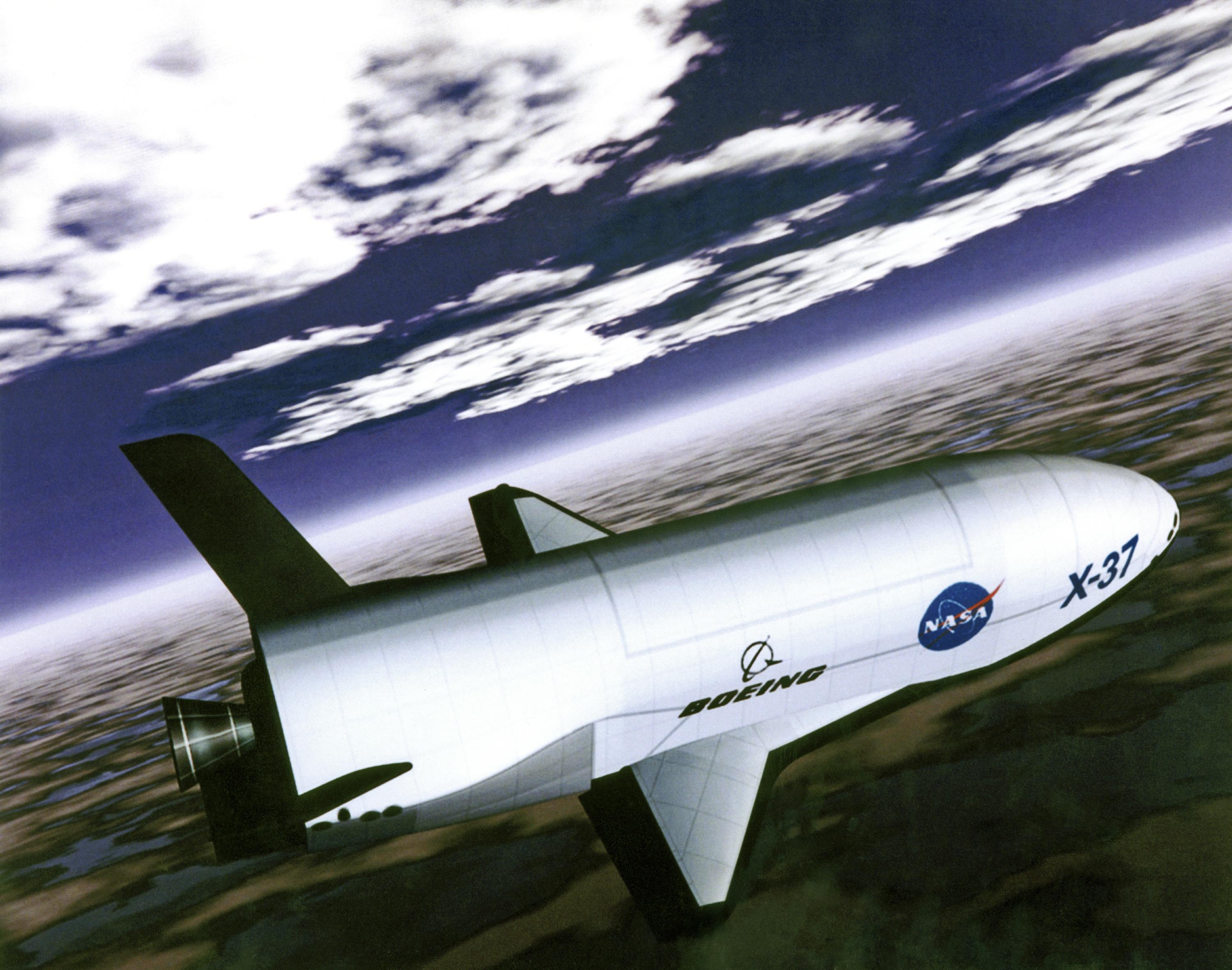The US Air Force’s shadowy X-37B space plane has broken a spaceflight record

At 6:43 am US eastern time today, the Air Force’s mysterious X-37B space plane broke a new spaceflight record, surpassing the 717 days, 20 hours and 42 minutes its predecessor spent in orbit just a couple years prior.
The X-37B, explained: The Air Force is notoriously tightlipped about the X-37B program. The space plane itself, built by Boeing, is 29 feet long and 9.6 feet tall, boasting a wingspan of nearly 15 feet. It's launched vertically aboard a rocket and lands horizontally on a runway. The current X-37B mission is the fifth of its kind (Orbital Test Vehicle 5 - OTV-5) and was launched in September 2017 by a SpaceX Falcon 9 rocket.
Strange Origins: More than 20 years ago, NASA started looking into developing a cheaper form of the reusable space shuttle that could take crew and cargo into orbit—or potentially ferry people across the globe in suborbital flights lasting just a matter of hours. After changing hands from NASA to the military, the X-37B was born as an uncrewed spaceplane capable of spending months or years in orbit. The first mission was launched in 2010.
Spy Applications: The Air Force claims the X-37B program will advance reusable spacecraft technologies and that it runs experiments related to avionics, propulsion, and materials testing. The Secure World Foundation, a space policy nonprofit, ran down the possible scenarios in 2017 and thinks the X-37B is very likely a platform to test out future reconnaissance technologies, especially ones that could “disappear” unpredictably or be placed clandestinely in lower orbits. The report casts doubt on the idea that the X-37B is a weapons platform of some kind—it’s just too expensive and impractical.
Deep Dive
Space
How to safely watch and photograph the total solar eclipse
The solar eclipse this Monday, April 8, will be visible to millions. Here’s how to make the most of your experience.
How scientists are using quantum squeezing to push the limits of their sensors
Fuzziness may rule the quantum realm, but it can be manipulated to our advantage.
The great commercial takeover of low Earth orbit
Axiom Space and other companies are betting they can build private structures to replace the International Space Station.
Stay connected
Get the latest updates from
MIT Technology Review
Discover special offers, top stories, upcoming events, and more.